All my dialogs appear on the top left corner of screen instead of the center.
What is the best way to let the dialogs be placed automatically correct?
import QtQuick 2.7
import QtQuick.Controls 2.2
ApplicationWindow {
id: mainWindow
visible: true
width: 640
height: 480
title: qsTr("Hello World")
Component.onCompleted: {
showMessageBox('Hey this actually works!');
}
function showMessageBox(message) {
var component = Qt.createComponent("MessageDialog.qml")
if(component.status == Component.Ready) {
var dialog = component.createObject(mainWindow)
dialog.title = qsTr("Information")
dialog.text = message
dialog.open()
} else
console.error(component.errorString())
}
}
With a very simple MessageDialog.qml:
import QtQuick 2.7
import QtQuick.Controls 2.2
Dialog {
standardButtons: DialogButtonBox.Ok
property alias text : textContainer.text
Text {
id: textContainer
anchors.fill: parent
horizontalAlignment: Qt.AlignLeft
verticalAlignment: Qt.AlignTop
}
}
